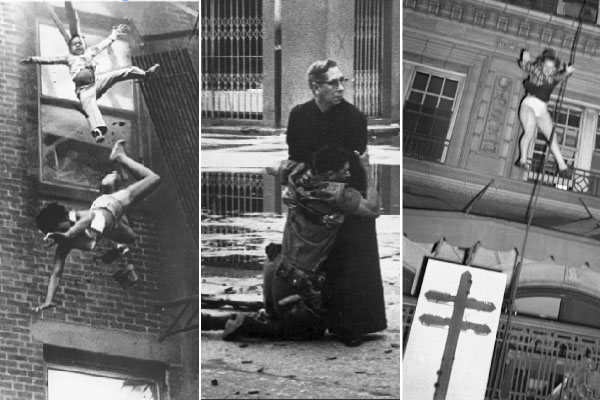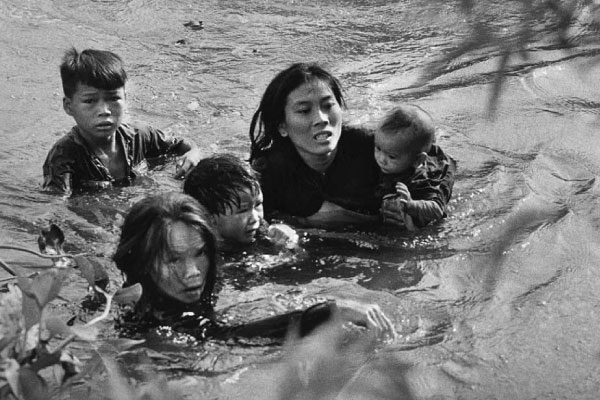The Stories Behind These Award Pulitzer Prized Photographs

Photographs present a sneak-peek into history for forthcoming generations. You can call them provocative glimpses into the lives of people and eras that have gone by. The fact that many of us cannot ignore is that every photo has a story to tell. All we need to do is dig deep and explore it because the background stories of some pathbreaking photographs can reveal a lot than we can realize by mere looking at the photo. There’s a reason that some photographs have won Pulitzer Prizes. Some photographs garnered international attention and acclaim for their ability to highlight critical historical events, encapsulate visceral reactions, and make us notice unrealized truths.
Every year, we honor Pulitzer Prize-winning photographs mainly due to their intensity, raw emotion, and incredible capacity to provide us an insight into the society of the era they represent. Their backstories add multiple layers of insight into the moment that inspired that image. We guarantee that this review of a few of such remarkable, prize-winning photographs will transport you to that particular time when that event occurred and send you on an emotional roller coaster from grief and remorse to jubilation and inspiration.

